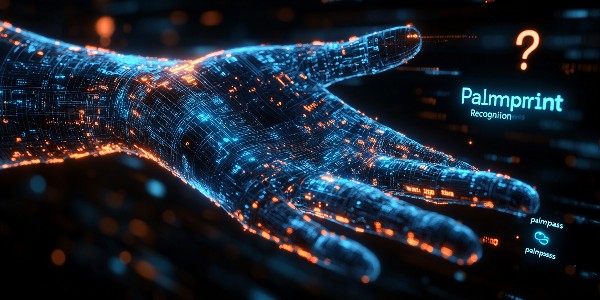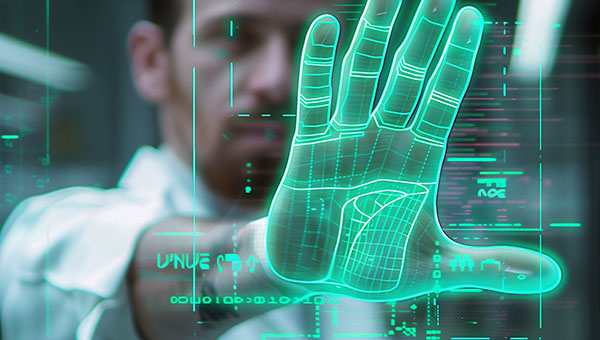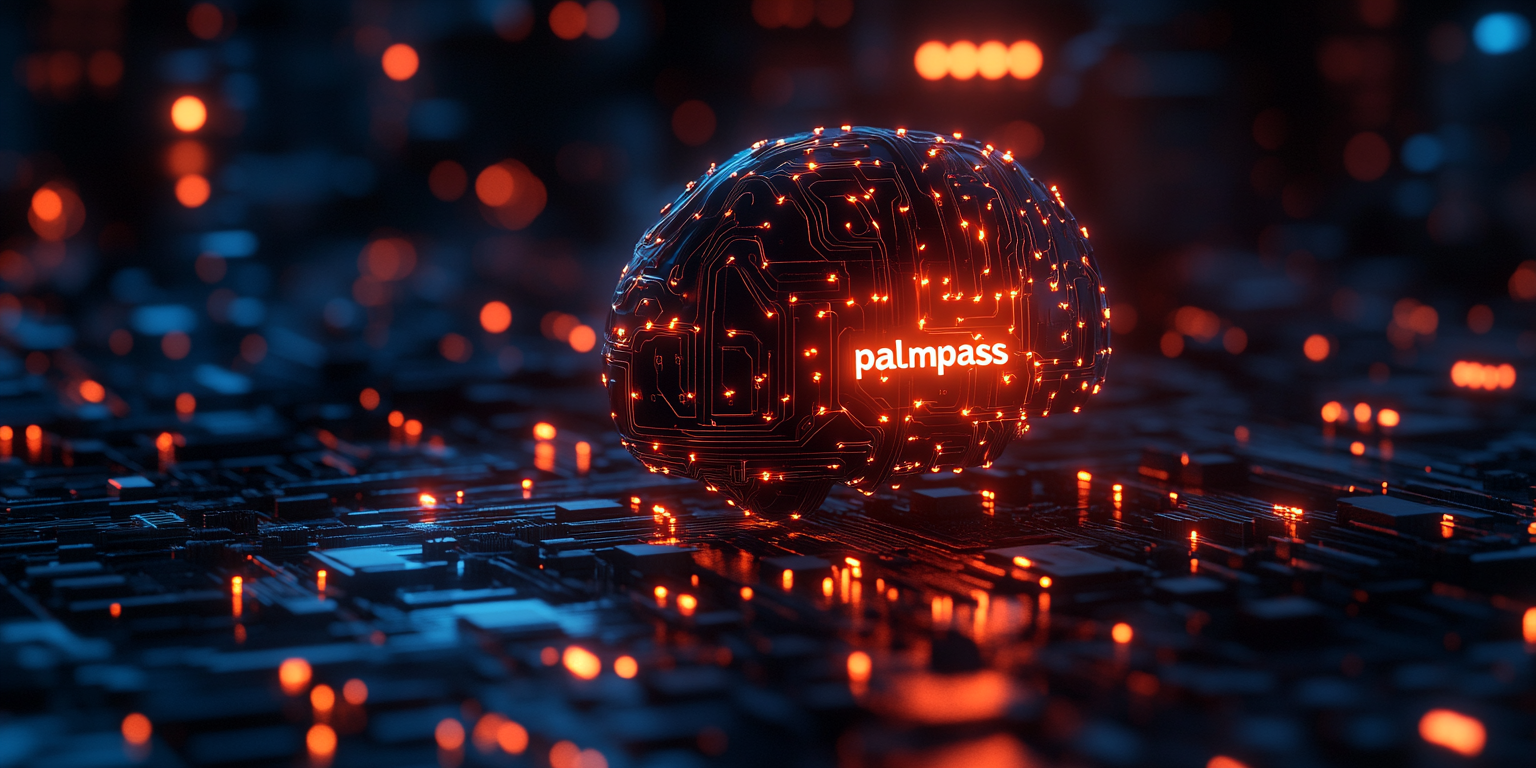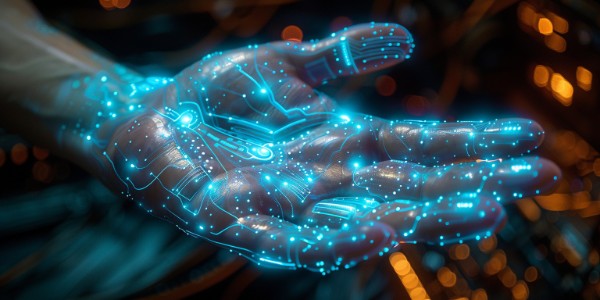Understanding the Use of Biometric Authentication in the Palmprint Recognition Industry
In recent years, palmprint recognition has emerged as a popular form of biometric authentication, with companies like Palmpass leading the way in the industry. In this article, we’ll dive deeper into the world of palmprint recognition and its use in various industries.
Introduction
As technology continues to advance, companies are constantly looking for new ways to streamline their processes and improve security measures. And when it comes to authentication, traditional methods like passwords and PINs are no longer enough. This is where biometric authentication comes into play, using unique physical or behavioral characteristics to verify a person’s identity. In recent years, palmprint recognition has emerged as a popular form of biometric authentication, with companies like Palmpass leading the way in the industry. In this article, we’ll dive deeper into the world of palmprint recognition and its use in various industries.

The Evolution of Palmprint Recognition
Palmprint recognition is a form of biometric authentication that utilizes the unique patterns on an individual’s palm to verify their identity. This technology uses an individual’s palm as their personal ID, making it almost impossible to duplicate or forge.
First introduced in the early 1980s, palmprint recognition has come a long way from its initial stages. Early on, the technology had limitations in terms of accuracy and speed, making it impractical for daily use. However, with the advancement of computer vision and artificial intelligence, the accuracy and speed have significantly improved, making palmprint recognition a viable option for businesses and organizations.
Palmprint Recognition in SaaS Companies
In today’s digital world, businesses, particularly those in the software-as-a-service (SaaS) industry, are constantly looking for ways to enhance user experience while ensuring top-notch security. This is where palmprint recognition comes into play.
As SaaS companies continue to grow, they are faced with the challenge of managing large amounts of sensitive data. This data can include financial information, personal customer data, and more. To ensure the security of this data, SaaS companies are turning to biometric authentication, particularly palmprint recognition. By integrating palmprint recognition technology into their login processes, SaaS companies can provide their customers with a simple and secure way to access their accounts.
The Meaning of Fingerprint Recognition
In the world of biometric authentication, fingerprints are a well-known and widely used method of verification. Just like fingerprints, palmprints have unique ridge patterns that are different for each individual. This makes it possible for palmprint recognition to accurately verify a person’s identity.
The process of fingerprint recognition involves capturing an image of the fingerprint, which is then converted into a digital code. This code is then compared to other fingerprint codes in a database to determine a match. If the fingerprint code matches an existing code, the identity is verified. The same process applies to palmprint recognition, except with palmprints instead of fingerprints.
What is Biometric Authentication?
Now that we have a better understanding of palmprint recognition and its use in industries like SaaS, let’s take a step back and look at biometric authentication as a whole.
Biometric authentication is the process of verifying an individual's identity by analyzing unique physical or behavioral characteristics. These characteristics can include fingerprints, palmprints, iris scans, voice recognition, and more.
One of the main advantages of biometric authentication is its high level of security. Unlike passwords or PINs, which can be easily stolen or forgotten, biometric characteristics cannot be duplicated or lost. This makes it a reliable and efficient method of authentication in various industries, such as banking, healthcare, and government.
Conclusion
Palmprint recognition, along with other forms of biometric authentication, has revolutionized the way we verify identity. With its increased accuracy and efficiency, palmprint recognition has become a valuable asset for businesses and organizations, particularly SaaS companies. As technology continues to advance, palmprint recognition is expected to play a significant role in simplifying authentication processes and ensuring top-notch security in various industries.
So, whether you’re using Palmpass or another palmprint recognition platform, one thing is for sure – this technology is here to stay and will continue to evolve and innovate in the years to come.










